I have been trying to digest the lengthy thread started by Midnight; it seems to have digressed into a discussion of azimuth shift vs 'yaw'. I hope the following 3 illustrations will clarify this matter.
Fig.1 is a perfectly-cut 8-point round brilliant pavilion - with only 50% halves to exaggerate the effects. Scallops are omitted because they add a lot of drawing work but contribute little to the message.
Note the 'traces', which are the intersections between the facet planes and the plane of the girdle; these traces are oriented according to the azimuths used to cut the facets. Here I show the traces of the main facets, which form an octagon. The dotted lines from their intersections show that the main facets (red) would form a pyramid if the halves (blue) were missing.
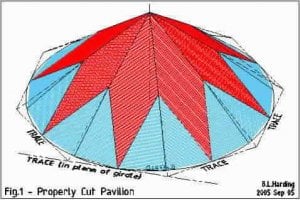
Fig.1 is a perfectly-cut 8-point round brilliant pavilion - with only 50% halves to exaggerate the effects. Scallops are omitted because they add a lot of drawing work but contribute little to the message.
Note the 'traces', which are the intersections between the facet planes and the plane of the girdle; these traces are oriented according to the azimuths used to cut the facets. Here I show the traces of the main facets, which form an octagon. The dotted lines from their intersections show that the main facets (red) would form a pyramid if the halves (blue) were missing.



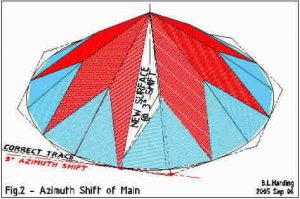
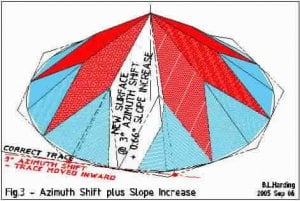
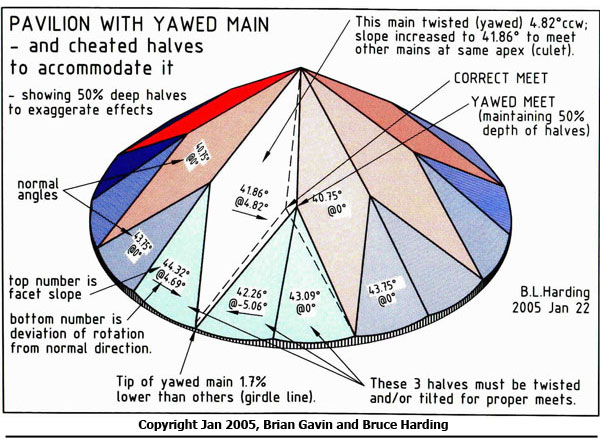




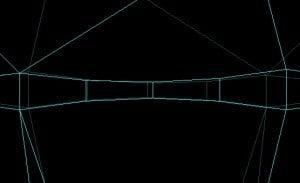
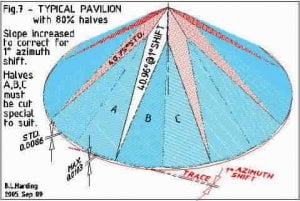
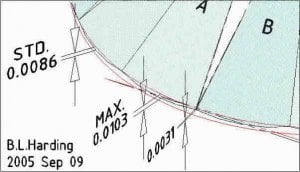
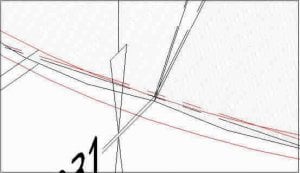



300x240.png)